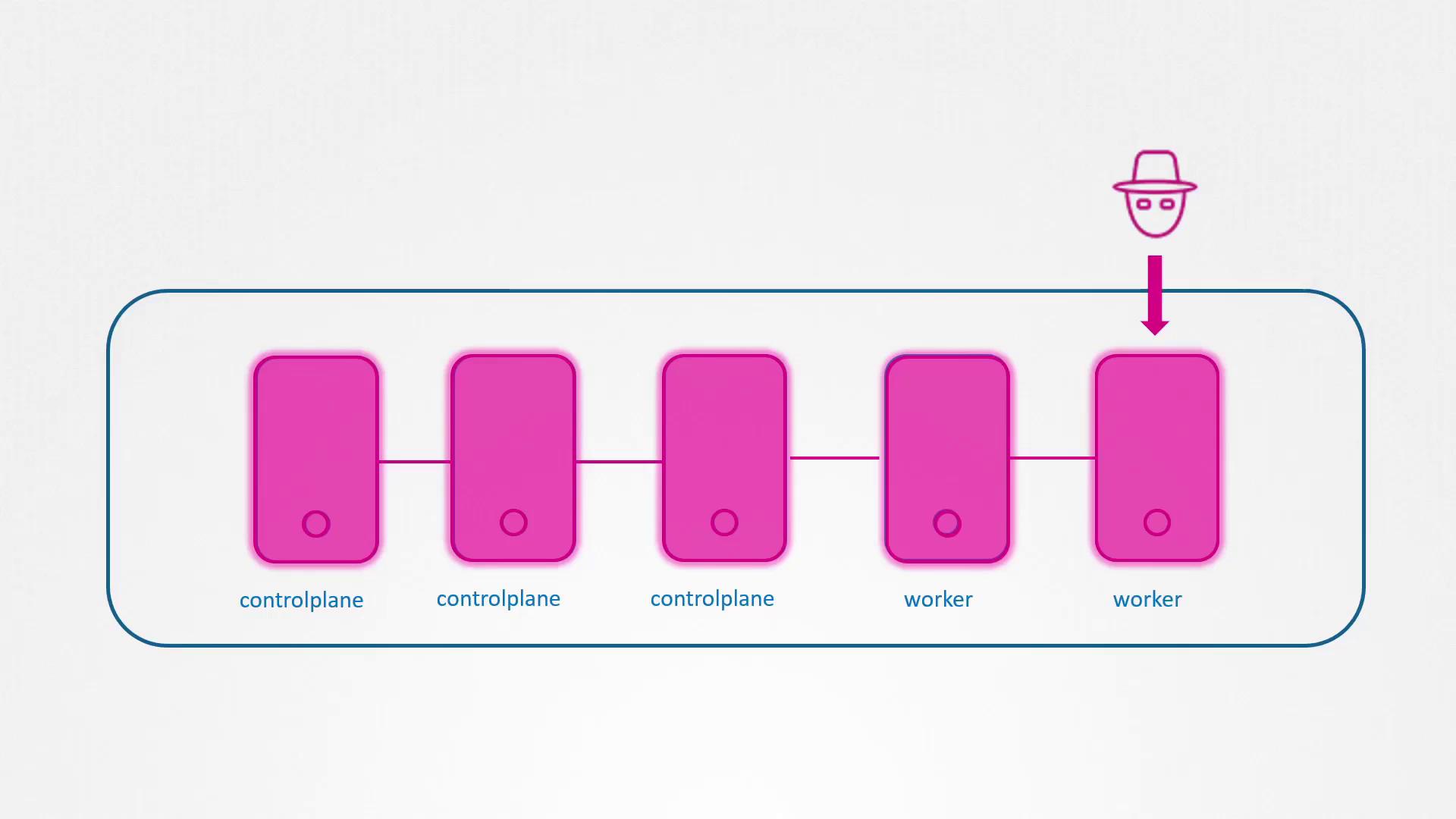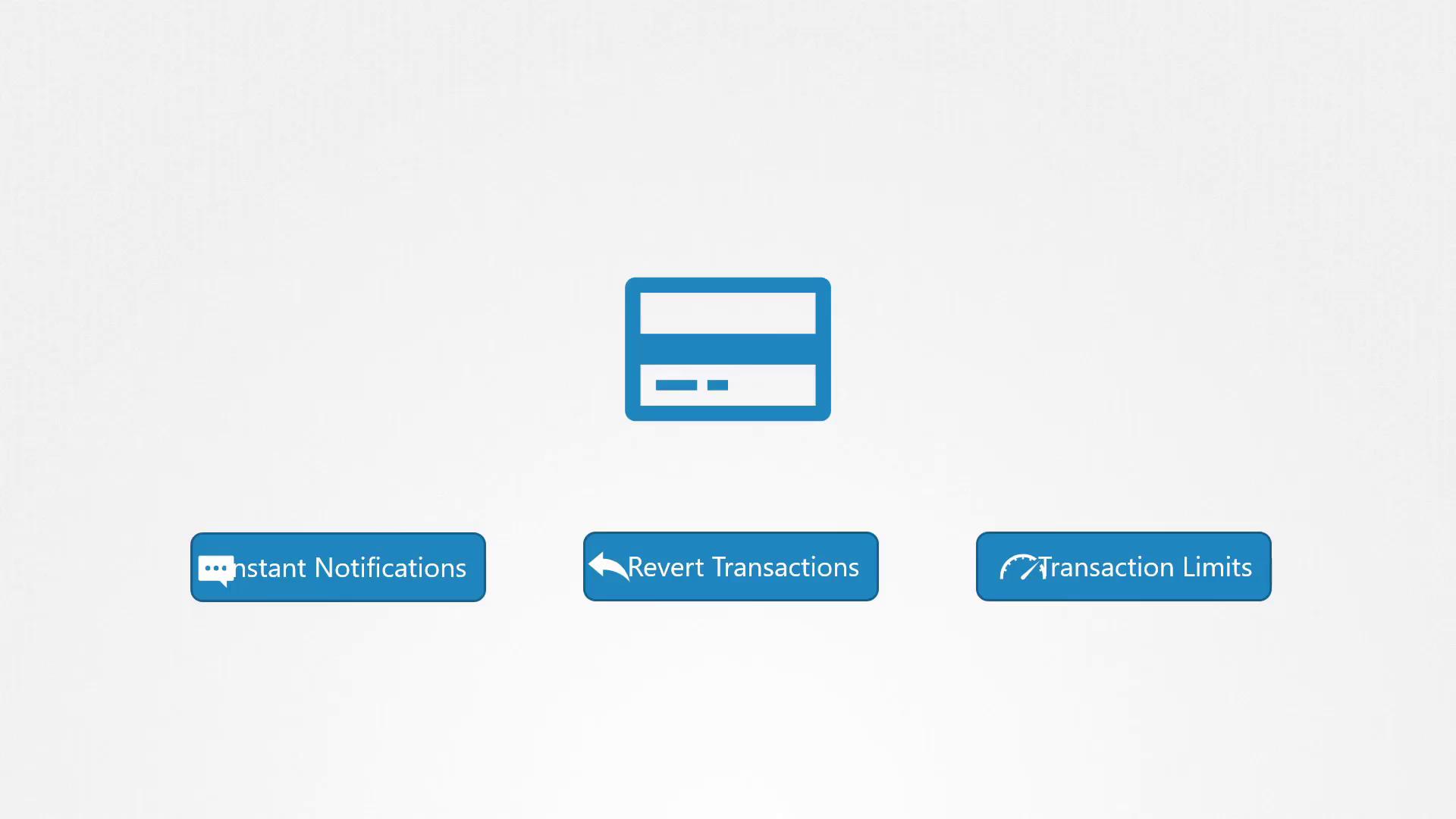Certified Kubernetes Security Specialist (CKS)
Monitoring Logging and Runtime Security
Perform behavioral analytics of syscall process
In this article, we dive into monitoring Kubernetes clusters for abnormal behavior, potential cyberattacks, and security breaches. By leveraging advanced behavioral analytics on syscalls, you can significantly improve your cluster’s security posture and minimize damage in the event of an intrusion.
Various strategies exist to secure Kubernetes infrastructures—including hardening control plane components, implementing sandboxing techniques to limit container permissions, using mTLS for secure communications, and restricting network access to nodes. However, even with all these security measures in place,

there is no absolute guarantee against emerging threats. An attacker might always discover a new vulnerability, making it critical to prepare for potential container compromises.
Early Detection is Key
Early detection of suspicious activity can significantly mitigate the impact of a breach. By rapidly identifying irregularities, you can quickly contain any threat and prevent further damage.

To understand this concept better, consider an analogy with credit and debit card security. Modern smart chips and ATM authentication mechanisms have drastically improved card security, yet a card can still be physically stolen. If an unauthorized user learns your PIN, they can withdraw funds—even using contactless methods.
Before the advent of smartphones, fraudulent transactions might have gone unnoticed for days or weeks until you reviewed your bank statement. Today, instant smartphone notifications alert you immediately, allowing you to quickly report and reverse the transactions. Additionally, setting transaction limits can further restrict potential losses.

This analogy holds true for compromised computer systems as well. Swift detection in the event of a breach is critical to containing damage and reducing the overall blast radius. Quickly identifying abnormal activities allows for rapid replacement of compromised nodes or pods

and patching any exploited vulnerabilities to prevent future attacks.
How to Identify Breaches in a Kubernetes Cluster
One effective tool for securing your Kubernetes environment is Falco from Sysdig. Previously, deep dives into syscalls were performed using tools such as strace and AquaSec Tracee to analyze application behaviors within pods.
When hundreds of applications run across numerous pods, they generate thousands of syscalls—making simple monitoring insufficient:

We need robust methods to analyze these syscalls and filter out suspicious events. For example, if an event involves accessing a container's bash shell or a program attempting to read the /etc/shadow file (which contains sensitive password data), it should be flagged for further investigation.
Consider this scenario: attackers often attempt to erase their trail from the system logs.
kubectl exec -ti nginx-master -- bash
# cat /etc/shadow > /opt/logs/audit.log
Suspicious Activity Alert
Deleting parts of audit logs—an action that is not typical for a legitimate administrator—can be flagged as anomalous behavior. Monitoring these events provides an early warning sign of a potential intrusion.
Even when access seems legitimate, Falco can monitor and send alerts through multiple notification channels, ensuring you remain informed of any suspicious activity.
In upcoming sections, we will explore the process of installing Falco on your Kubernetes cluster and leveraging its capabilities to detect and analyze security threats in real-time.
For additional insights on Kubernetes security, consider exploring:
Watch Video
Watch video content